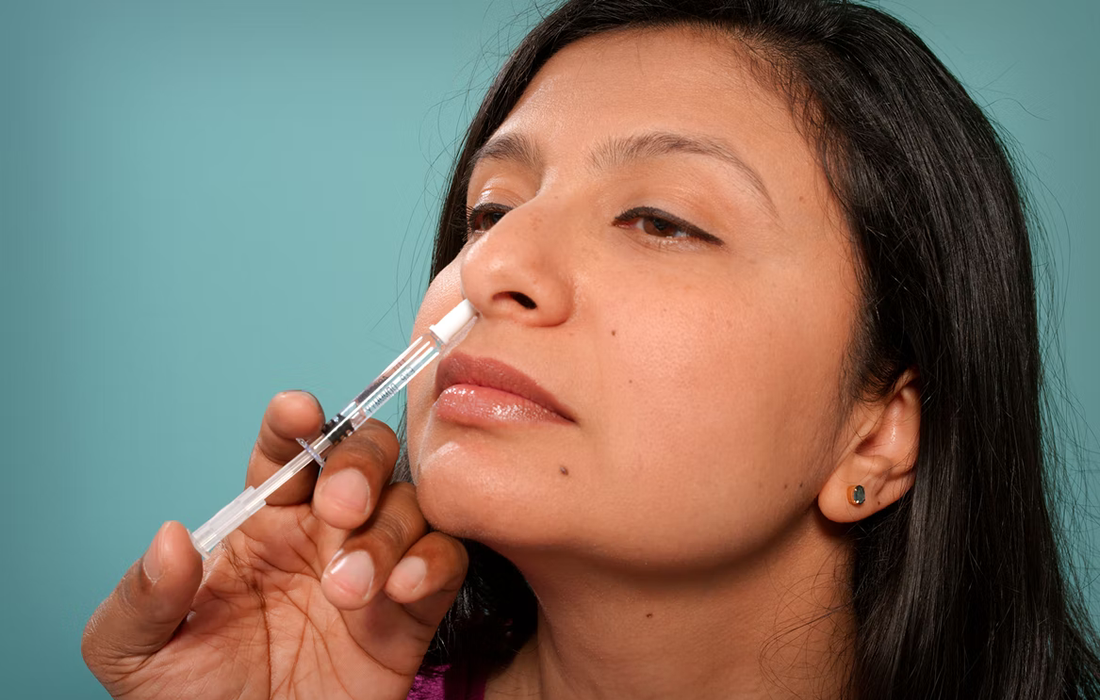Stem Cell Therapy for Specific Conditions
A Promising New Strategy for Stroke: Intranasal Exosome Therapy
Stroke is a major cause of morbidity and mortality worldwide and affects the health, economic, and social capabilities of those affected. Ischemic stroke represents 85% of the total strokes, frequently causing neurological and neuropsychiatric sequelae, and memory disorders in up to 20-50% of patients.
Ischemic strokes are characterized by blood flow obstruction in a restricted brain region, with the formation of an infarct nucleus surrounded by an area known as the penumbra zone, which is considered the area that can be recovered.
Reperfusion of the area of penumbra contributes to a reduction in the final infarct size and attenuation or in some cases reversal of neurological and behavioral deficits.
Currently, the gold standard treatment for ischemic stroke consists of thrombolytic strategies, which focus on optimizing the reperfusion time in the penumbra zone.
Treatment with Mesenchymal Stem Cells
Studies both in animals and human studies have demonstrated that systemic treatment with mesenchymal stem cells (MCSs) improves neurological outcomes and alleviates the symptoms of disability if the therapy is performed wi5thin 12 to 24 hours after the ischemic insult.
Studies have suggested that the protective effects of MSCs are due to the release of extracellular vesicles (EVs), also known as exosomes, that mediate cell-to-cell communications.
Treatment with these EVs is more effective in decreasing the risk of obstructive vascular effects and secondary microvascular thrombosis and has a higher ability to cross the blood-brain barrier (BBB).
Intranasal Exosomes for Stroke
In a study by Rohden and colleagues, published in the International Journal of Molecular Sciences, researchers evaluated the use of EVs derived from human adipose tissue MSCs for the treatment of stroke in a mice model.
The team behind the study used human adipose tissue mesenchymal stem cell (hAT-MSC)-derived extracellular vesicles (EVs) obtained from healthy individuals who underwent liposuction.
A single intranasal EV (200 µg/kg) was administered 24 h after a focal permanent ischemic stroke in rats.
The researchers observed that the treatment with 200 μg/kg EVs significantly decreased infarct volume and partially recovered Blood-Brain Barrier (BBB) permeability.
The study demonstrated that a single dose of EVs derived from adipose tissue intranasally administered 24 hours after brain insult resulted in a higher number of EVs in the peri-infarct regions, resulting in a decrease in infarct volume and new vascularization. The EVs also reversed the impairments caused by the brain insult on front paws symmetry, short and long-term memory, and decreased anxiety-like behaviors in the rat model used.
Conclusions
Although this study was made using an animal model, it increases our understanding of how MSCs derived exosomes could be a potential treatment option for stroke patients. The results obtained are promising and could lead to human clinical trials.
Source:
Rohden F, Teixeira LV, Bernardi LP, Ferreira PCL, Colombo M, Teixeira GR, de Oliveira FDS, Cirne Lima EO, Guma FCR, Souza DO. Functional Recovery Caused by Human Adipose Tissue Mesenchymal Stem Cell-Derived Extracellular Vesicles Administered 24 h after Stroke in Rats. Int J Mol Sci. 2021 Nov 28;22(23):12860. doi: 10.3390/ijms222312860. PMID: 34884665; PMCID: PMC8657917.
Image from:

